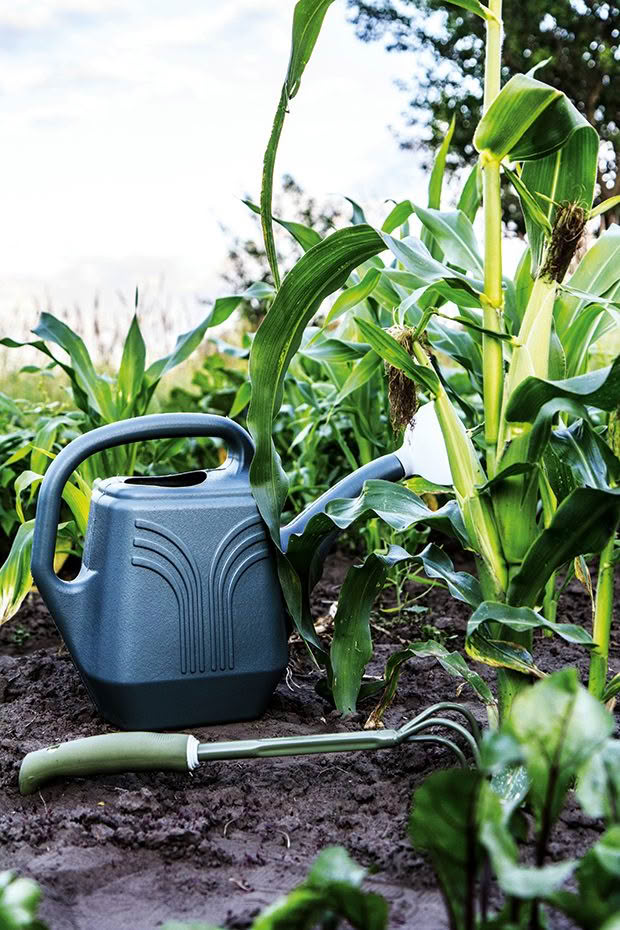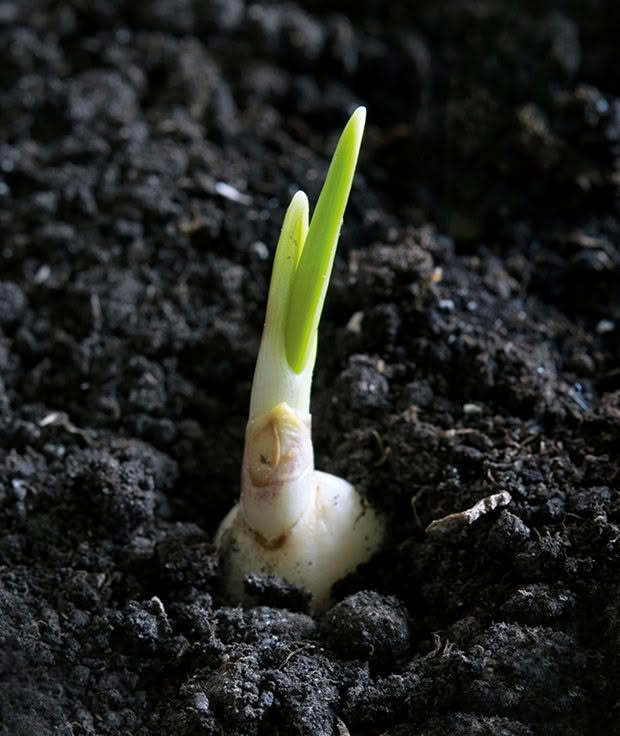Late-spring gardening tips and tasks for this November

Summer is on the horizon, so best to get your warm-weather produce blooming.
Words: Jane Wrigglesworth
Plant passionfruit in a warm, sunny spot, sheltered from winds and frosts. Passionfruit will tolerate a frost of -1-2°C for brief periods, but prolonged or more severe frosts will kill the growing shoots. Soil must be free-draining. Add slow-release fertiliser and water well over the growing season.
Sow cover crops such as buckwheat to replenish soil, suppress weeds and attract valuable pollinators. “Activate” buckwheat seeds by soaking them in a bowl of water for 12-24 hours before sowing.
Sow sweet corn seeds directly into the garden once the risk of frosts is over. Sweet corn doesn’t like frosts or being transplanted. If your soil is cold and wet, leave sowing until next month. Corn is wind-pollinated so plant in blocks rather than single rows.
Protect strawberry plants with bird netting. Mulch with straw to keep fruit off the soil.
Sow coriander directly into soil. Coriander grows best in spring and autumn but it bolts quickly in the heat of summer, so keep plants moist.

Check your garlic if you have it to see if it’s growing bulbs.
Plant out potato tubers 40cm apart. As the tops emerge, pile up soil around them to protect the tubers from sunlight, which turns them green and toxic. Potatoes prefer a slightly acidic, highly fertile soil.
Plant tomatoes, chillies, cucumbers and capsicums in your greenhouse and leafy greens outside in the shade of taller plants.
Time to sow buckwheat. A low-maintenance and fast growing cover crop to plant over spring and summer, buckwheat nurtures your vegetable garden by providing living mulch, shading and suppressing weeds, attracting valuable pollinators and supplying nutrition for your soil. It is known as the “phosphorus pump” of the garden because of its ability to absorb phosphorus and return it to the soil in a more useable form. When turned in or composted, it also adds organic matter and valuable soil nutrients. In the right conditions, seeds will germinate in three to four days and the plant will flower within four weeks, providing you with harvestable groats (hulled seeds) once the majority of seeds turn green to dark brown.
Love this story? Subscribe now!
 This article first appeared in NZ Lifestyle Block Magazine.
This article first appeared in NZ Lifestyle Block Magazine.
